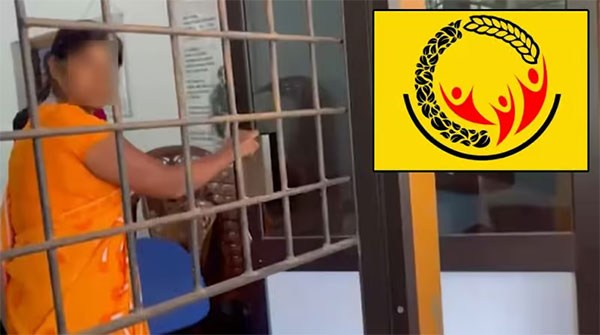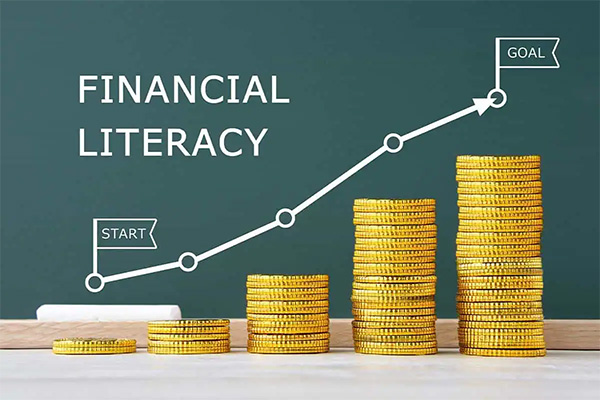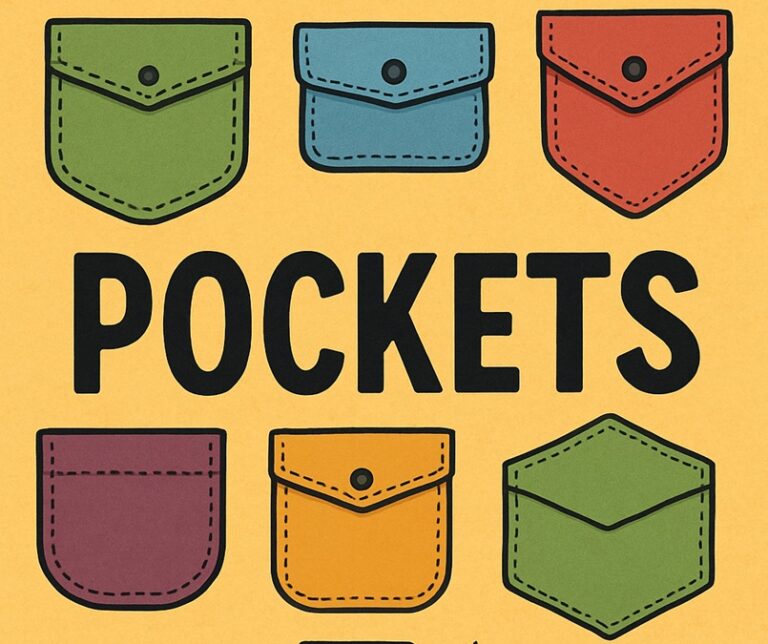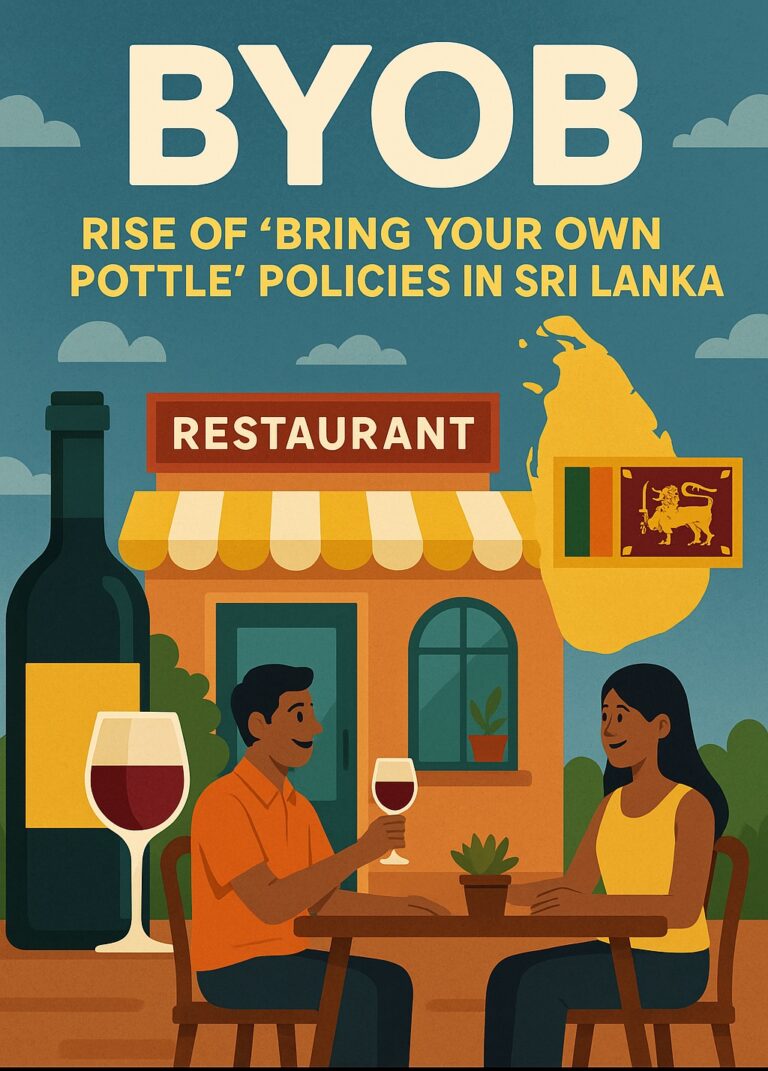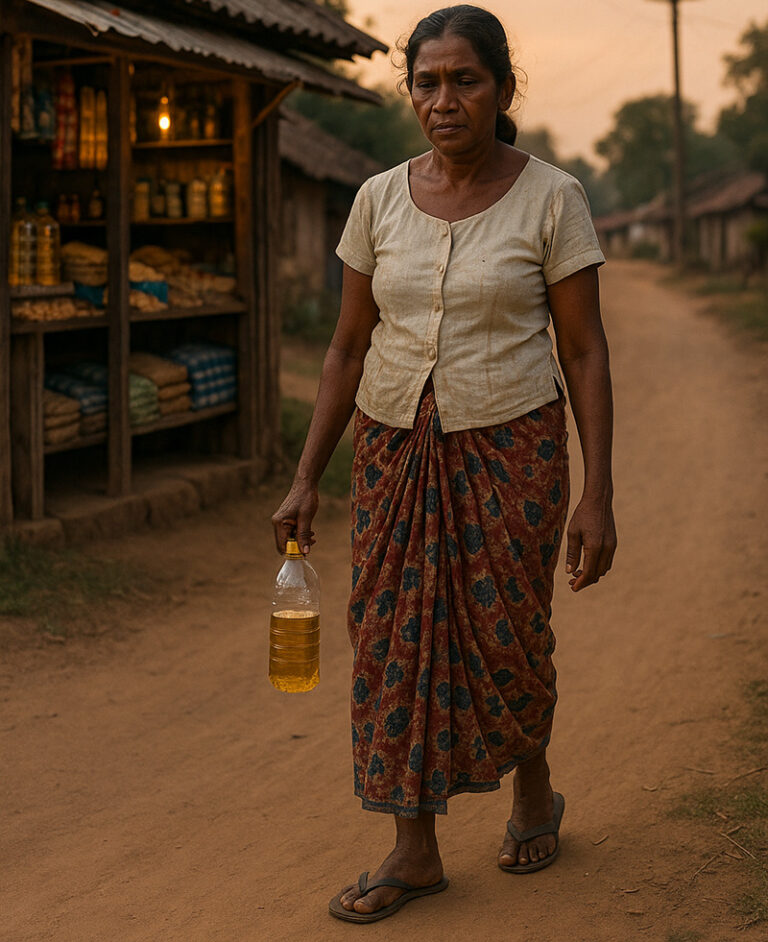The Joint Federation of Samurdhi Trade Unions states that since the introduction of the Aswesuma welfare benefit program in July 2023 and the subsequent suspension of the Samurdhi program, approximately 18,000 Samurdhi Development Officers are left without work.
Since around 1995, the Samurdhi movement has been operational with 1,097 Samurdhi Banks across the country. According to trade union sources, the activities of these banks have also become paralyzed. The Samurdhi aid program included a mandatory savings scheme, and these funds were used to establish Samurdhi Banks. These banks provided loans at concessionary interest rates to meet the needs of their members. Additionally, a lottery system was implemented for welfare activities such as building or renovating houses.
During the COVID-19 pandemic, the then-government took Rs. 47 billion from the Samurdhi Banks to distribute Rs. 5000 each to low-income earners. This money has not been returned to the Samurdhi Banks.
The main task of Samurdhi Development Officers was to distribute Samurdhi aid. Under the Samurdhi program, aid ranging from Rs. 350 to Rs. 3500 was provided.
However, studies revealed that about 25% of the funds allocated for Samurdhi were spent on maintaining the institutions related to Samurdhi and paying the salaries of Samurdhi Development Officers.
As of September 1, 2020, the total number of families receiving Samurdhi aid was 1,784,082, classified as follows:
| Classification | Number of Families |
|---|---|
| Rs. 420.00 | 83,551 |
| Rs. 1,500.00 | 636,445 |
| Rs. 2,500.00 | 350,278 |
| Rs. 3,500.00 | 713,808 |
| Total | 1,784,082 |
Source: Parliament Website
The following section from the response illustrates the failure and political nature of the Samurdhi program:
“By 2005, the number of Samurdhi beneficiaries was approximately 1,960,664, which had decreased to 1,453,078 by the beginning of 2015, and further to 1,384,021 by 2018, which can be highlighted as a positive trend. However, due to the previous good governance government politically selecting around 433,500 new beneficiaries in 2019, the total number of Samurdhi beneficiaries has now increased to 1,784,082. Honorable Speaker, it is evident that around 25% of the families receiving Samurdhi aid were granted these benefits in favor of the leaders of the good governance government in the 2019 Presidential election. We are currently identifying the groups still in poverty. We will make a decision regarding them in the future. As of now, the number of applications for Samurdhi aid is 683,336.”
The Welfare Benefits Board Act, presented in 2002 to streamline the highly politicized Samurdhi program, only began to be practically implemented in 2022.
Ajith Parakum

